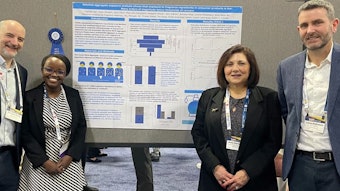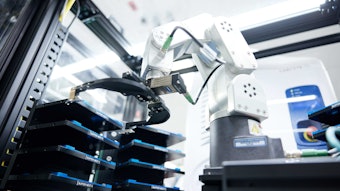Perfumes and flavors are complex mixtures made up of raw materials which, in the case of essential oils and solvent extracts, are in themselves highly complex. For many years, analysts have tried to improve their qualitative and quantitative knowledge of the composition of such mixtures, for a variety of reasons. Modern separation methods, in particular recent so-called hyphenated techniques which rely on a powerful data-processing capacity, have enabled us to come closer to this goal.
However, although these techniques may be sophisticated, they have inherent limits which are not always fully understood by their users. The considerable “user-friendly” nature of the analytical tools may gradually dull the awareness and critical capacities of analysts, sometimes leading them to produce erroneous or unrealistic results. With the help of examples, this article discusses the wide possibilities of certain techniques, and also their limits.
Brief Recent History
Up to 1955, separation techniques were essentially based on chemical fractionation, distillation and crystallization. Identification methods rested most of the time on the measure and comparison of the melting point of characteristic crystallized derivatives and elemental analyses. All this necessitated the use of a large sample, as the analytic methods’ resolutions were only mediocre and the detection techniques low in sensitivity.










